If the word “acid” makes you think of bubbling test tubes and scary burns, we don’t blame you. But in the skincare world, not all acids are terrifying. In fact, some are your skin’s very best friends, especially when it comes to revealing smoother, brighter, healthier-looking skin.
Welcome to the world of chemical exfoliation: the gentle, science-backed way to shed dead skin cells and glow like never before.
In this guide, we’ll break down everything you need to know about AHAs, BHAs, how to use them (without a freak-out), and why they’re an exfoliating game-changer for beginners and skincare nerds alike.
First, What Is Chemical Exfoliation?
Chemical exfoliation is a skincare process that uses active ingredients (a.k.a. acids) to dissolve the "glue" holding dead skin cells together, gently sloughing them off the skin’s surface.
Unlike physical scrubs, which can be abrasive (and not always suitable for sensitive or acne-prone skin), chemical exfoliants work more evenly and go deeper.

Why Exfoliate at All?
Your skin naturally sheds dead cells, but that process slows down with age, pollution, and stress. This build-up can lead to:
-
Clogged pores
-
Rough texture
-
Dullness
-
Breakouts
-
Poor absorption of other skincare products
Regular exfoliation = brighter, clearer, more even-toned skin.
AHA vs BHA: What's the Difference?
Let’s meet the two acid MVPs:
AHA (Alpha Hydroxy Acids)
Water-soluble and surface-level. AHAs work by loosening dead skin on the outermost layer — great for brightening, smoothing, and fading dark spots.
Best for: Dry, dull, textured, or pigmented skin.
Common AHAs:
-
Glycolic acid – powerful and effective
-
Lactic acid – gentle and hydrating
BHA (Beta Hydroxy Acid)
Oil-soluble and pore-deep. BHAs penetrate into the pores, dissolving excess oil and gunk — making them ideal for acne-prone and oily skin types.
Best for: Oily, congested, acne-prone skin.
Most popular BHA:
-
Salicylic acid – a go-to for breakouts
How to Use AHA and BHA (Without Freaking Out)
Start slow. These acids mean business, but they’re not here to bully your barrier.
Here’s how to ease them into your routine:
-
Patch test
Always! Especially if you’re new to actives or have sensitive skin. -
Start with once a week
Let your skin adjust. Gradually build up to 2–3 times a week, depending on your skin type and tolerance. -
Use at night
Acids can make your skin more sensitive to the sun. PM is best. -
Moisturise and protect
Follow with a soothing moisturiser and always, and we mean ALWAYS use SPF 50 in the morning.
How Often Should You Exfoliate?
While it depends on your skin type and the acid strength, 2–3 times a week is a sweet spot for most.
-
Sensitive skin: Once a week with gentle acids like lactic or mandelic
-
Oily/acne-prone skin: 2–3x a week with salicylic acid
-
Pigmentation or texture issues: Alternate AHAs and BHAs on different nights
AHA and BHA for Acne: What Works Best?
If breakouts are your main concern, BHA (salicylic acid) is your hero. It dives deep into pores to clear sebum, blackheads, and bacteria.
But here's the secret: pairing it with a gentle AHA can help fade leftover acne marks faster.
Can You Use AHA and BHA Together?
Yes, but cautiously.
Some formulations combine them at safe concentrations. But if you’re layering separate products, alternate them on different nights to avoid over-exfoliation, especially if you have sensitive skin.
What to Use After Chemical Exfoliation?
Post-acid care is crucial. After exfoliating, your skin needs hydration, nourishment, and calm.
Use:
-
A barrier-repairing moisturiser (think ceramides or peptides)
-
Hydrating serums (like hyaluronic acid)
-
NO retinoids or other exfoliants on the same night
Benefits of Chemical Exfoliation (The Recap You Needed)
✔️ Brighter, smoother skin
✔️ Unclogged pores and fewer breakouts
✔️ Faded pigmentation and acne marks
✔️ Improved skin texture and tone
✔️ Better absorption of your skincare
Final Tips for Beginners
-
Don’t exfoliate on broken or irritated skin
-
Avoid combining with retinoids, scrubs, or vitamin C (unless advised)
-
Listen to your skin, if it’s red, itchy, or flaky, take a break
-
Always apply broad-spectrum sunscreen during the day
TL;DR?
Chemical exfoliants = your shortcut to healthy, glowing skin — without the scrub burn. Whether you’re tackling acne, texture, or dullness, AHAs and BHAs can work wonders… if used wisely.
So nope, not all acids are scary. Some are just misunderstood skincare royalty.
Ready to try one?
Check out our beginner-friendly exfoliants like Derm Date, Flashfix cleanser & mask, consciously formulated for visible results, minus the irritation. Don’t forget to pair them with broad spectrum sunscreens like Berry Bright or Sundrink.
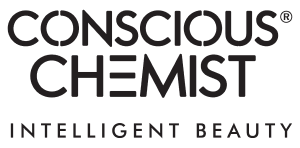
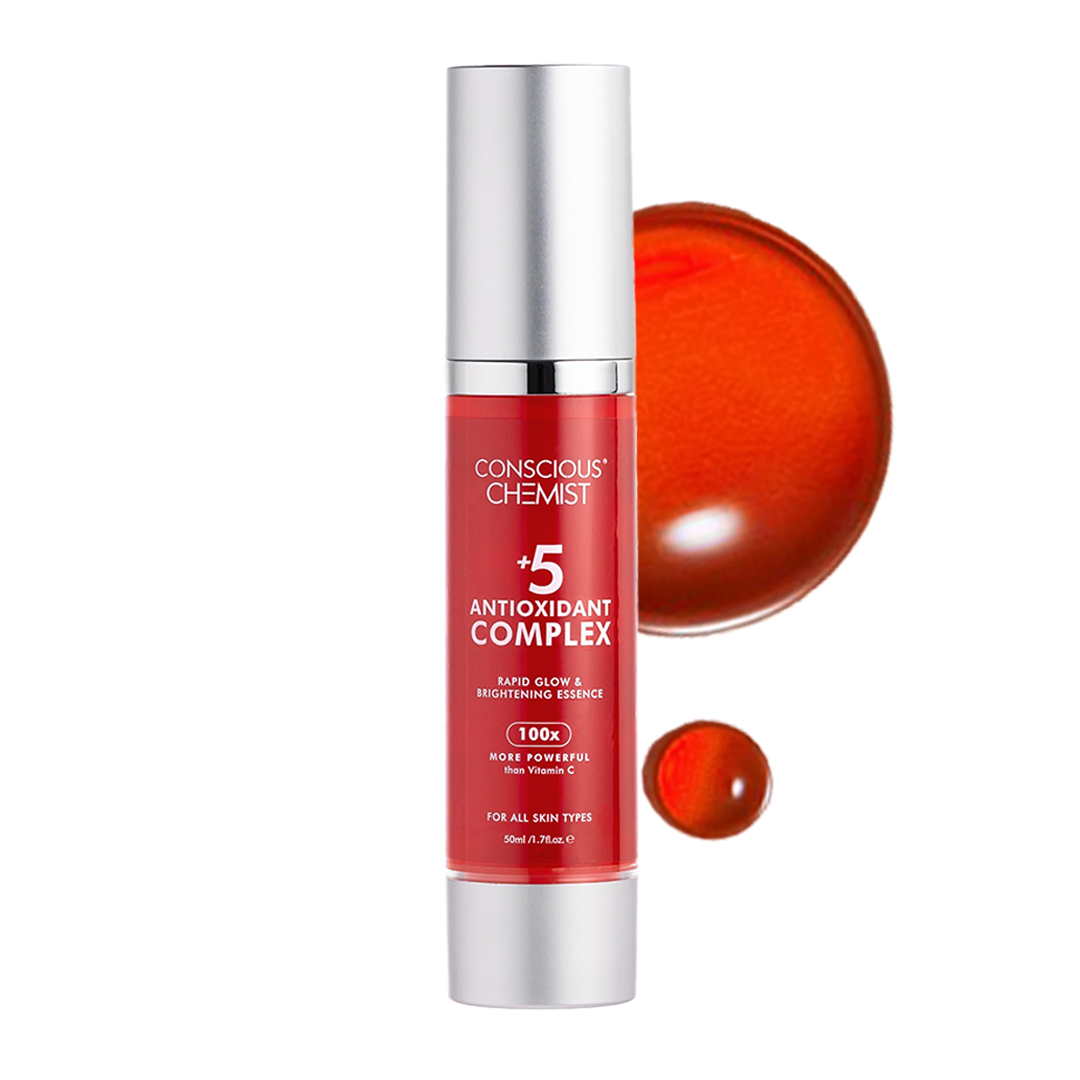
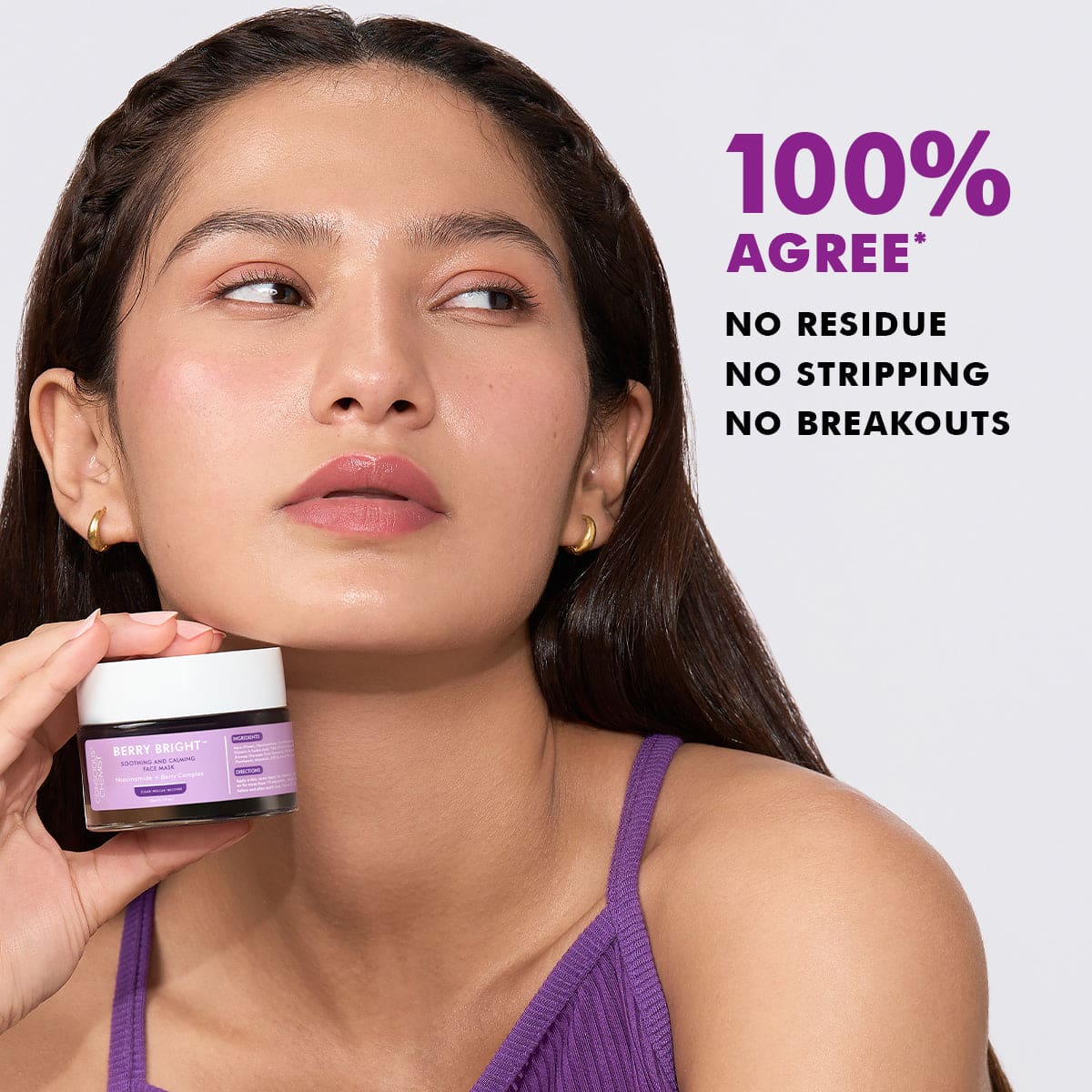
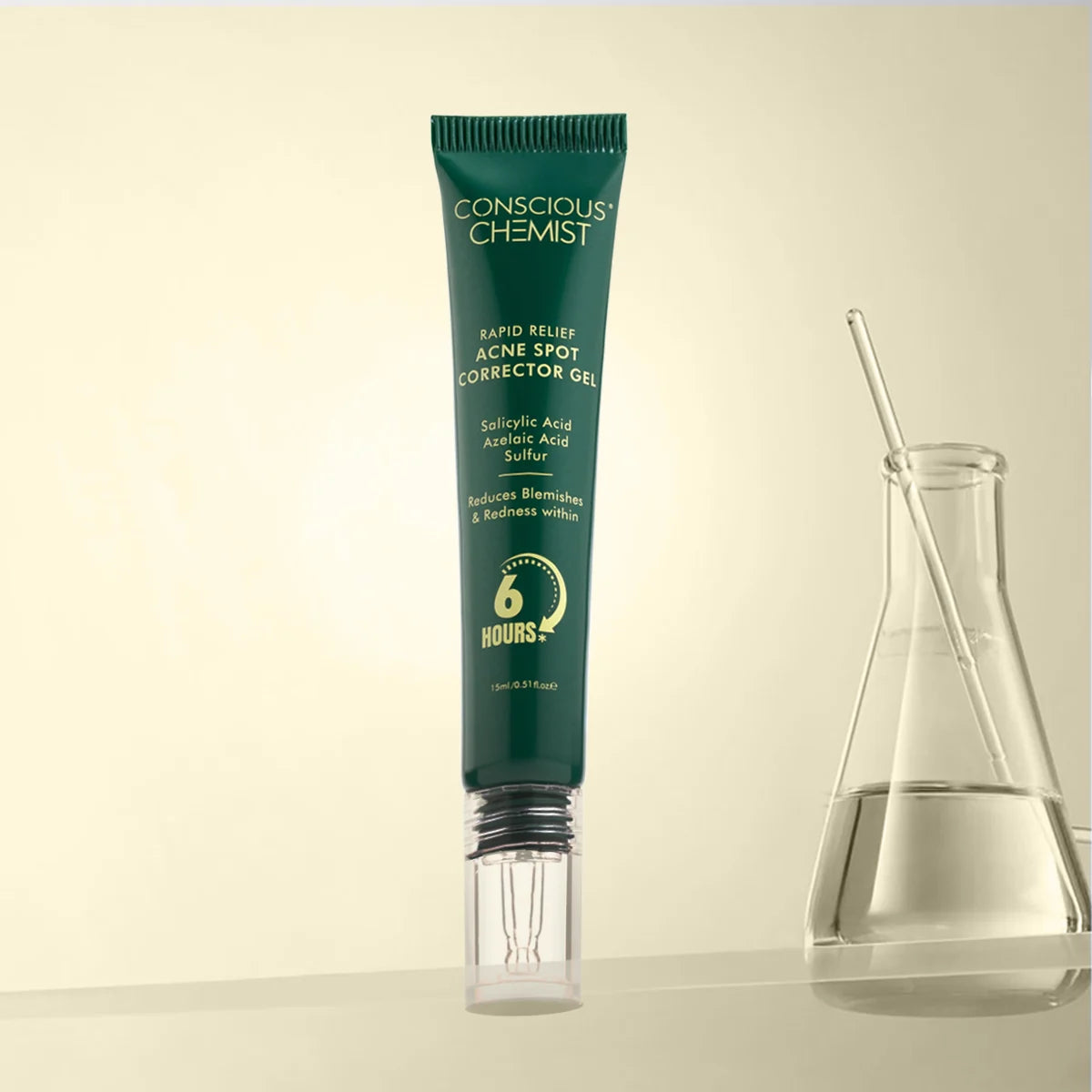
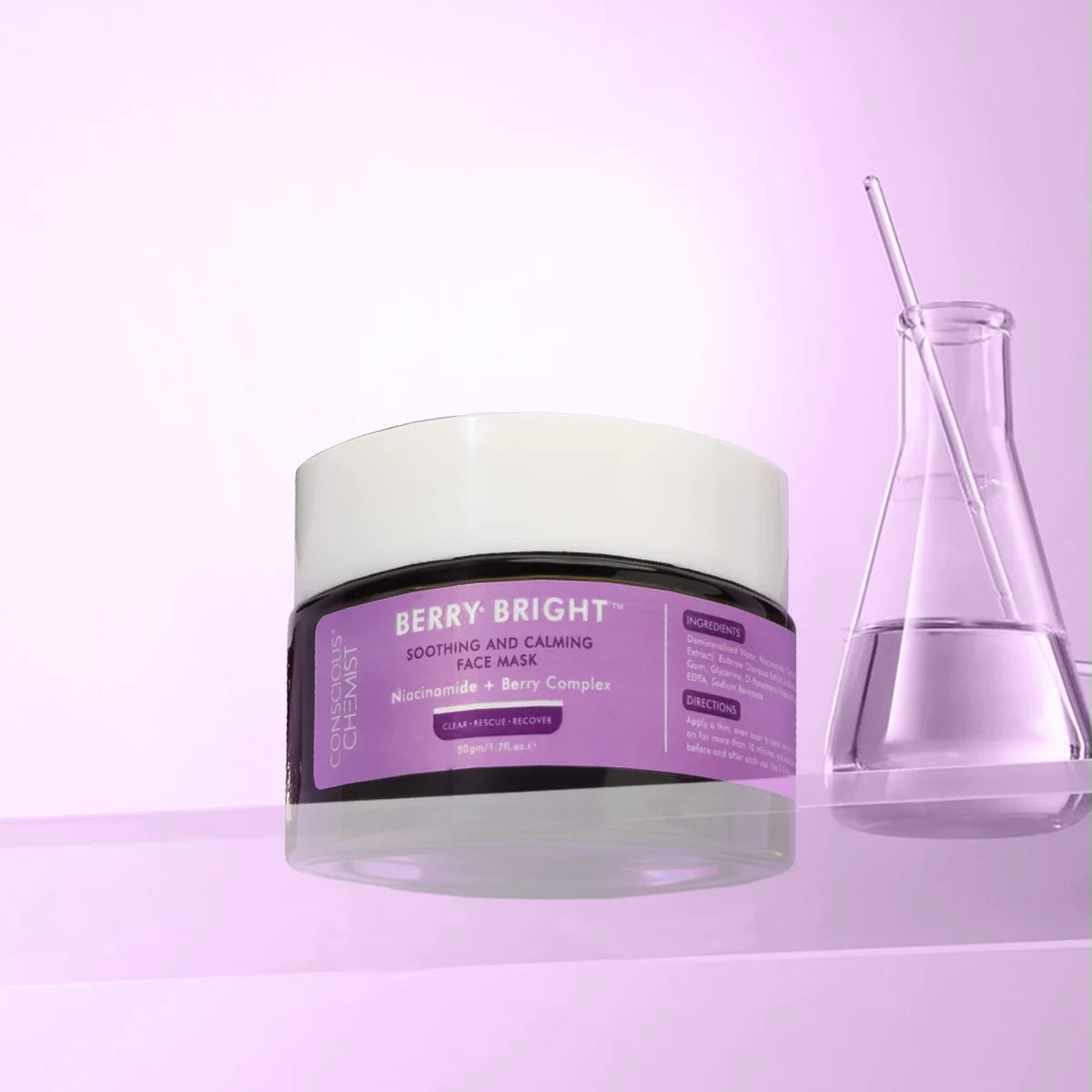



Sunscreen For Indian Summers: Why Oil-Free, Non-Comedogenic Matters More Than Ever
Skincare Guide for Teens